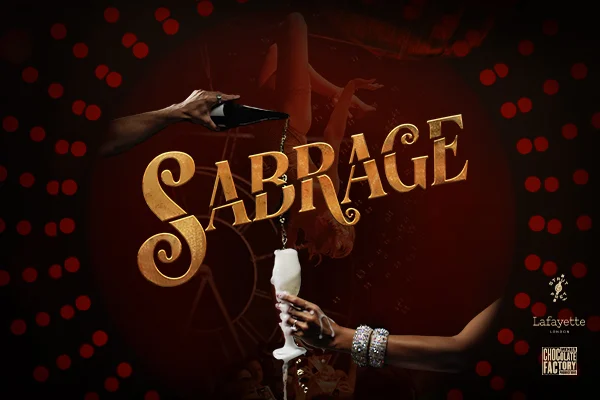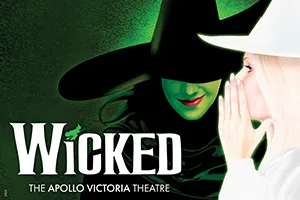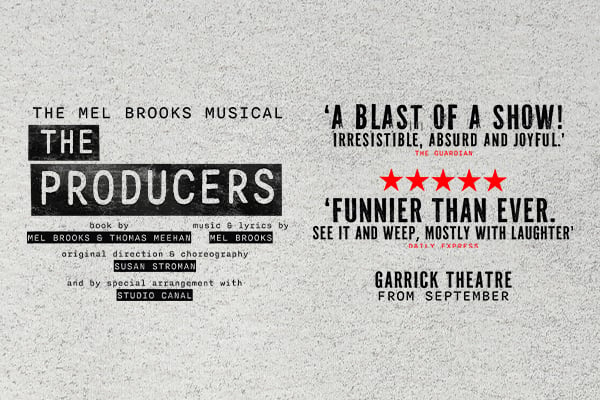Performance artist and Cystic Fibrosis sufferer, Martin O’Brien, explores the relationship between endurance and chronic illness in Mucus Factory, a five-hour piece commissioned by the Live Art Development Agency and with financial assistance from Arts Council England. A one-off and free event for this Fringe, the action takes place in a side room in a café on St. Mary’s Street. Cystic Fibrosis is a chronic disease in which the body produces excess mucus, which works to restrict and prevent breathing through clogging up the airways and arteries.
If O’Brien wants to draw attention to his illness and educate us, he has done so. He’s also created something both visually and sonically arresting: the creak of the table, the rhythmic drumming, the stretch of trampoline springs, the persistent coughing, the hum of the nebuliser, the various groans and wheezing.
In this piece O’Brien performs a series of actions, designed to bring up the mucus and show the nitty-gritty of managing the disease and also to show that despite a debilitating condition, he is capable of great feats of endurance and stamina.
So, what of the event itself? As we enter the darkened room, O’Brien lies on what resembles a raised hospital examination table, his head low, and his feet pointing up and away from us. He is dressed in bright red jogging trousers. Underneath the table are approximately 40 transparent empty beakers, behind him a low plinth with more beakers (filled with glitter) lined against the back of the wall and to the left a cumbersome, old-fashioned nebuliser for breathing in antibiotics - an object used by the artist as a child. To the left of the table where he lies is a small circular trampoline. The lighting - a row of spotlights - is unforgiving in its glare and creates shadows on the wooden floorboards.
O’Brien begins the first part of the cycle by beating hard on his chest in an effort to dislodge the mucus. Intermittently he gets up to spit into one of the beakers under the table, which he then positions in front of the table for us all to see. This goes on for around five to ten minutes - each stage lasts for this time. He then shifts over to the trampoline for the next part: jumping up and down with eyes facing vacantly ahead. Again, throughout this he stops to alight and hoick up mucus into a beaker. The next stage sees him lifting up two of the phlegm-filled beakers and walking onto the plinth. From here he extracts some of the mucus, plays with it so that we see its stringiness in between his fingers, smears it all over his naked chest, opens up one of the beakers from behind him and throws glitter onto his torso. Then he removes more mucus and strokes it through his hair, forming a quiff. At no point do I not find the sight of the mucus disgusting, agreeing with the event’s literature that ‘mucus is a secretion when healthy, it becomes more of an excretion, dejecta, when dirty’. The mucus has been cleared - its purpose served. It is difficult to watch him then cover himself in it but perhaps it is his attempt to take control of the illness and also to show that he can use it for aesthetic reasons - to show that he is a young, sexy man, capable of attracting admirers.
In the final stage of the cycle, O’Brien takes off his trousers, lubricates the nozzle of his nebuliser with yet more mucus, turns away from the audience, bends over and lubricates his anus with mucus, then inserts the nozzle into his anus, turns on the machine - which makes a loud, humming noise - then bends so that his bottom is raised up and his head rests on the floor in between his legs, as his eyes watch us intently. The soles of his feet are prominent as his toes hook over the edge of the plinth - the reflections of the glitter are surprisingly moving. Again, this seems to be a ‘fingers up’ - quite literally - to the illness and to those who think he is incapable of arousing sexual feelings and taking sexual pleasure in his own body. On removing the nozzle, he emits a groan. Then the trousers are back on and he moves to the table to begin the cycle again.
My initial and unconsidered reaction to this event was one of awe. I do still believe that the endurance O’Brien shows is remarkable. Yet on further reflection and after considerable deliberation, I have some reservations about this performance.
O’Brien conveys the monotony of having to manage his illness very well but at times I am left wondering whether it is not a little self-indulgent to expect an audience to sit through five hours of this. We also have to sit on a hard floor - there are no chairs provided - mimicking perhaps some of the discomfort the artist undergoes on a daily basis. However, the fact that my older friend had to leave early because she was in pain makes me not a little uneasy. Self-indulgence and illness are inextricably linked: it’s difficult to consider another’s feelings when you yourself are in a great amount of discomfort, but even so.
Then we come on to the timing of the show - again linked I feel with his attempt to express how the illness pervades life and disrupts how we conventionally measure time. It can be no coincidence that the scheduling of this (6-11pm) precludes dinner.
I also wonder whether so much chest-beating in fact aggravates the condition and that again makes me feel awkward and even angry. At times I wanted to yell at him to stop it, particularly when he was beating so savagely at his heart and his chest and face were red. Apart from when O’Brien gazes off into the middle-distance when jumping on the trampoline, he fixes us with a relentless, critical, bordering on aggressive gaze. I could meet his gaze but I wondered how others were coping. There was also the sense that to look away - even to glance at my notes and in particular to talk - was disrespectful, but I’m not sure why that should be. Again, I feel that expecting us to watch him in silence for five hours was rather self-indulgent. Nevertheless, I felt like I couldn’t walk out - was he playing with the audience’s sense of guilt? That we are - well, some of us - relatively healthy, but he has a debilitating disease?
If O’Brien wants to draw attention to his illness and educate us, he has done so. He’s also created something both visually and sonically arresting: the creak of the table, the rhythmic drumming, the stretch of trampoline springs, the persistent coughing, the hum of the nebuliser, the various groans and wheezing. He also conveys the isolation of managing the disease, and the anger and defiance of the patient. I have doubts about some of the methods he employs - I hate to think he has made himself ill for our benefit - but he has succeeded in creating art that is genuinely thought-provoking and will haunt the imaginations of the small audience who were brave enough to face the gaze of chronic illness and not to flinch away.



















